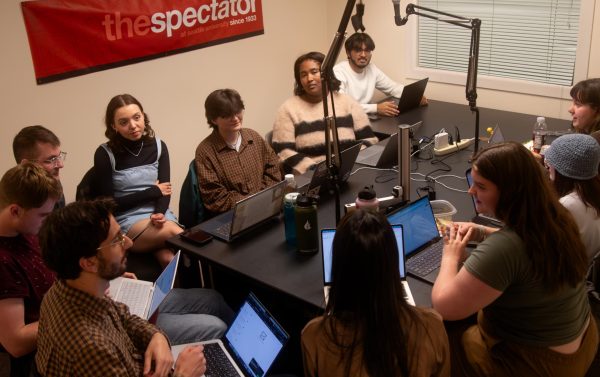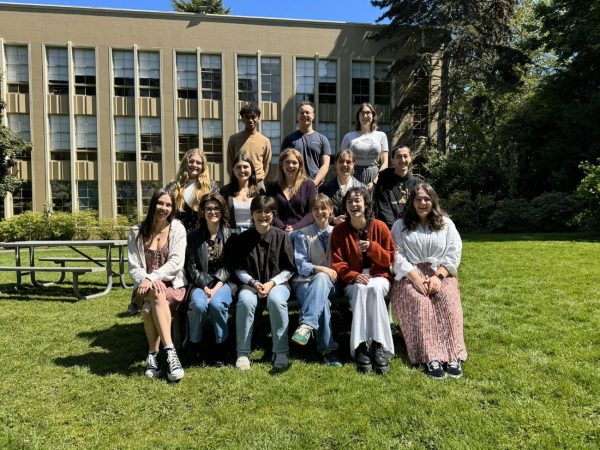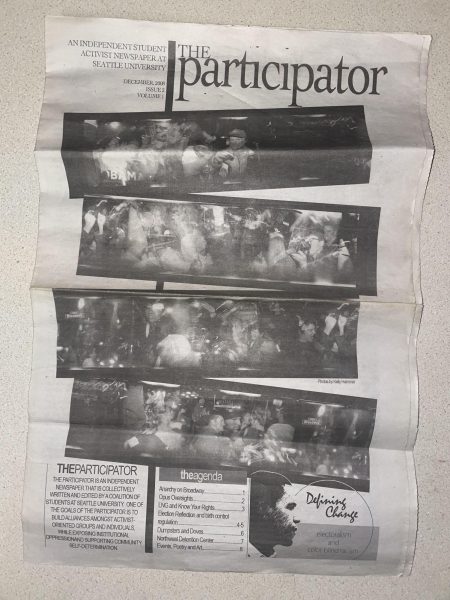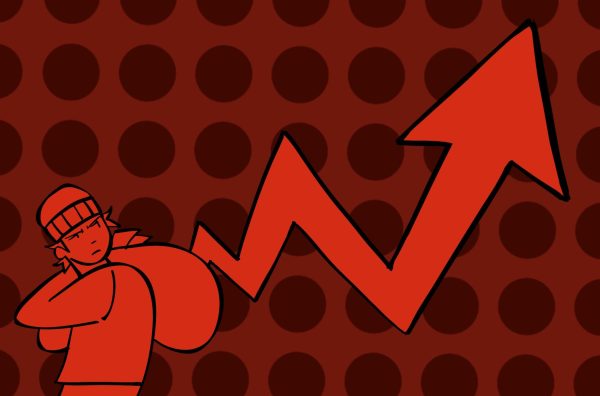Students Weigh Their Options In Light of Tuition Increase
Seattle University students are facing a $1,818 increase in tuition next year. President Eduardo Peñalver informed the Seattle U student body March 2 that there would be a 3.75% increase in tuition for the 2022-2023 academic year. According to president Peñalver this increase is higher than the previous year but lower than projected inflation, which according to president Peñalver is running 6-8%. Even so, students have been left with uncertainties concerning how they will meet the heightened financial burden.
“We need to set next year’s tuition well in advance of the expenses we will incur, so it’s a bit of a balancing act,” Peñalver wrote.
The increase will go toward an expanded health and wellness program, including a new partnership with TimelyMD, a 24/7 telehealth service, among other wellness-related initiatives. It will also be reflected in the quarterly recreation fee, which will increase from $100 per quarter to $150.
“Faculty and staff salaries alone account for three-quarters of the cost of operating Seattle U. We cannot make these crucial investments without increasing tuition,” Peñalver wrote.
Financial aid will remain proportionate for current students. The school’s Institutional Gift Aid Guarantee recommends having a financial plan for the entirety of a student’s time at Seattle U. This plan can include work-study. Work-study is an option to assist students who qualify based on their FAFSA applications—paying tuition up to $4,000 a year.
Joseph Newmann, a fourth-year interdisciplinary liberal studies major, was hired at UREC, one of Seattle U’s primary employers, as a freshman without work-study. During the pandemic, Newmann reported that his co-workers lost their jobs.
“The university was facing budget cuts … We ended up losing 50% of our staff,” Newmann said. “There were a lot of people who weren’t work-study because they were upperclassmen, and upperclassmen don’t qualify for work-study anymore.”
Newmann appreciated the effort his supervisors made to ensure his coworkers found new jobs but doesn’t think there are enough positions for the number of students who need them. The number of students looking for work-study positions is also inflated by international students who don’t qualify for federal work-study, which is need-based and funded by the government.
They do, however, qualify for institutional work-study, which is funded by the school. Some jobs on campus are reserved for students with federal work-study while others are open to all students, but still accept work-study applicants. As a result, both international students and students who qualify for federal work-study are looking for on-campus work-study positions, but there is a limited amount of positions available.
With the disparity between available positions and students seeking on-campus employment, Newmann observed that only those who qualify for work-study are able to get an on-campus job.
“You have to be [work-study]. Every single job, you really have to be,” Newmann said. “They emphasize that budget aspect.”
Seattle U students also pay their tuition with scholarships. They can be provided by the school or from an outside source, and they are often department-specific. The school also provides merit and need-based aid to incoming students, which can go a long way to offset the cost of tuition. The increase in tuition will be reflected in a $5 million increase in aid for students.
“The $5 million is a year-over-year increase that reflects the investment in new fall 2022 first-time-in-college and new transfer students,” Vice Provost for Enrollment Management, Melore Nielson, wrote. “It is also illustrative of the higher discounted fall 2021 class returning in fall 2022 and a lower discounted graduating class completing this quarter.”
Students who are looking to take advantage of this aid are encouraged to reach out to Student Financial Services (SFS).
“SFS considers appeals for both need-based government aid and any additional institutional-funded aid,” Peñalver wrote. “They can also work with students on payment plans and alternative loans.”
The tuition increase is higher than that of the 2021-2022 academic year, which was 2%. Peñalver and the administrative team recognize the added financial burden—as the university moves to increase resources to uphold the university mission.
“We are keenly aware of the financial commitment and sacrifices our students and their families make for a Seattle U education, and keeping that education accessible is one of our core values,” Peñalver wrote.











